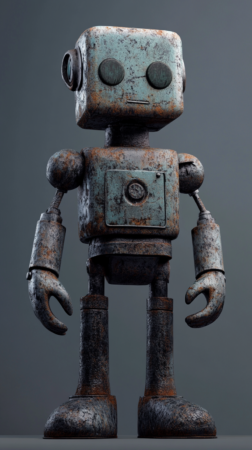Top Highlights
-
Innovative Alloy Development: MIT engineers created a printable aluminum alloy that is five times stronger than traditional aluminum, suitable for high-temperature applications.
-
Machine Learning Efficiency: By utilizing machine learning, the team reduced material composition evaluations from over 1 million to just 40, efficiently identifying an optimal alloy mix.
-
Advanced Applications: This alloy has potential uses in lightweight, high-strength products such as jet engine fan blades, cooling devices, and high-end automobiles, significantly reducing energy costs in transportation.
-
3D Printing Advantages: The new alloy is designed specifically for 3D printing, allowing for rapid cooling and production of complex geometries that enhance its strength and durability at temperatures up to 400°C.
Revolutionary Aluminum Alloy Development
MIT engineers have introduced a printable aluminum alloy that sets strength records. This new material exhibits remarkable properties, standing five times stronger than traditional aluminum. Additionally, it can withstand high temperatures, making it an exciting prospect for various applications.
Innovative Use of Machine Learning
The team developed this alloy by mixing aluminum with other elements. They utilized simulations alongside machine learning to narrow down possible mixtures efficiently. Instead of exploring over one million combinations, they focused on just 40 compositions. This strategic approach led to the discovery of an ideal formula for a high-strength alloy.
Applications in Aerospace and Beyond
The potential applications for this new aluminum alloy are expansive. Researchers envision its use in lighter, more energy-efficient aircraft components, such as jet engine fan blades. Currently, these blades are often made from titanium, which is significantly heavier and pricier than aluminum. A shift to this new alloy could greatly reduce energy consumption in the transportation sector.
Advantages of 3D Printing
The research also highlights the benefits of 3D printing in creating complex shapes and saving materials. The team opted for laser bed powder fusion, which allows for rapid cooling during the manufacturing process. This method ensures that the alloy retains its superior strength and microstructure.
Future Prospects
Testing confirmed that the new alloy is indeed five times stronger than its cast counterparts. Furthermore, it remains stable at high temperatures, reaching up to 400 degrees Celsius. The researchers plan to leverage similar techniques to continue optimizing this alloy’s properties.
By combining machine learning with advanced manufacturing techniques, MIT engineers have opened new avenues for future innovations in material science. As they push the boundaries of what’s possible, the vision of lighter, stronger aircraft components may soon become a reality.
Continue Your Tech Journey
Dive deeper into the world of Cryptocurrency and its impact on global finance.
Access comprehensive resources on technology by visiting Wikipedia.
AITechV1

